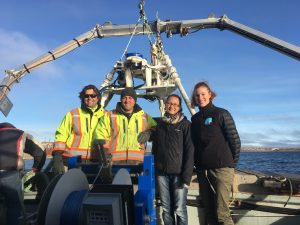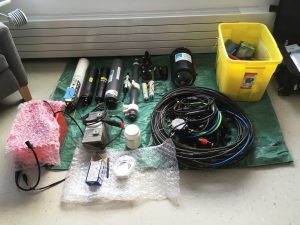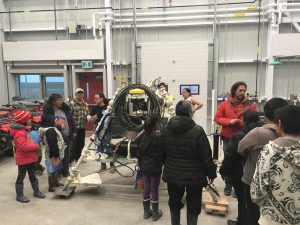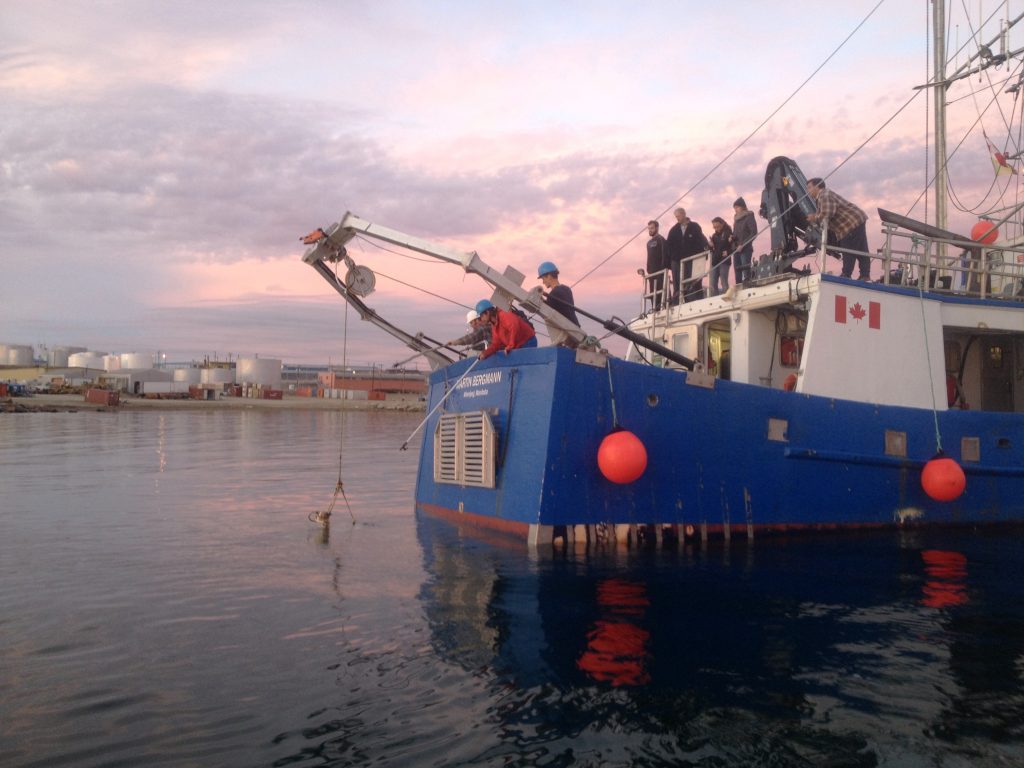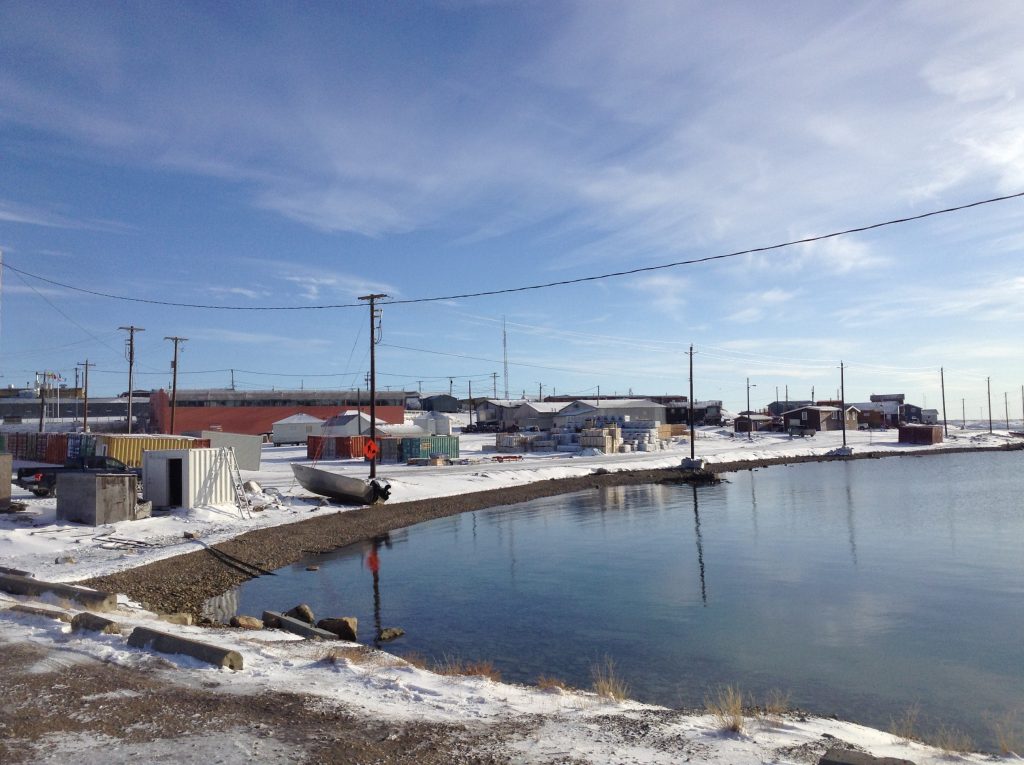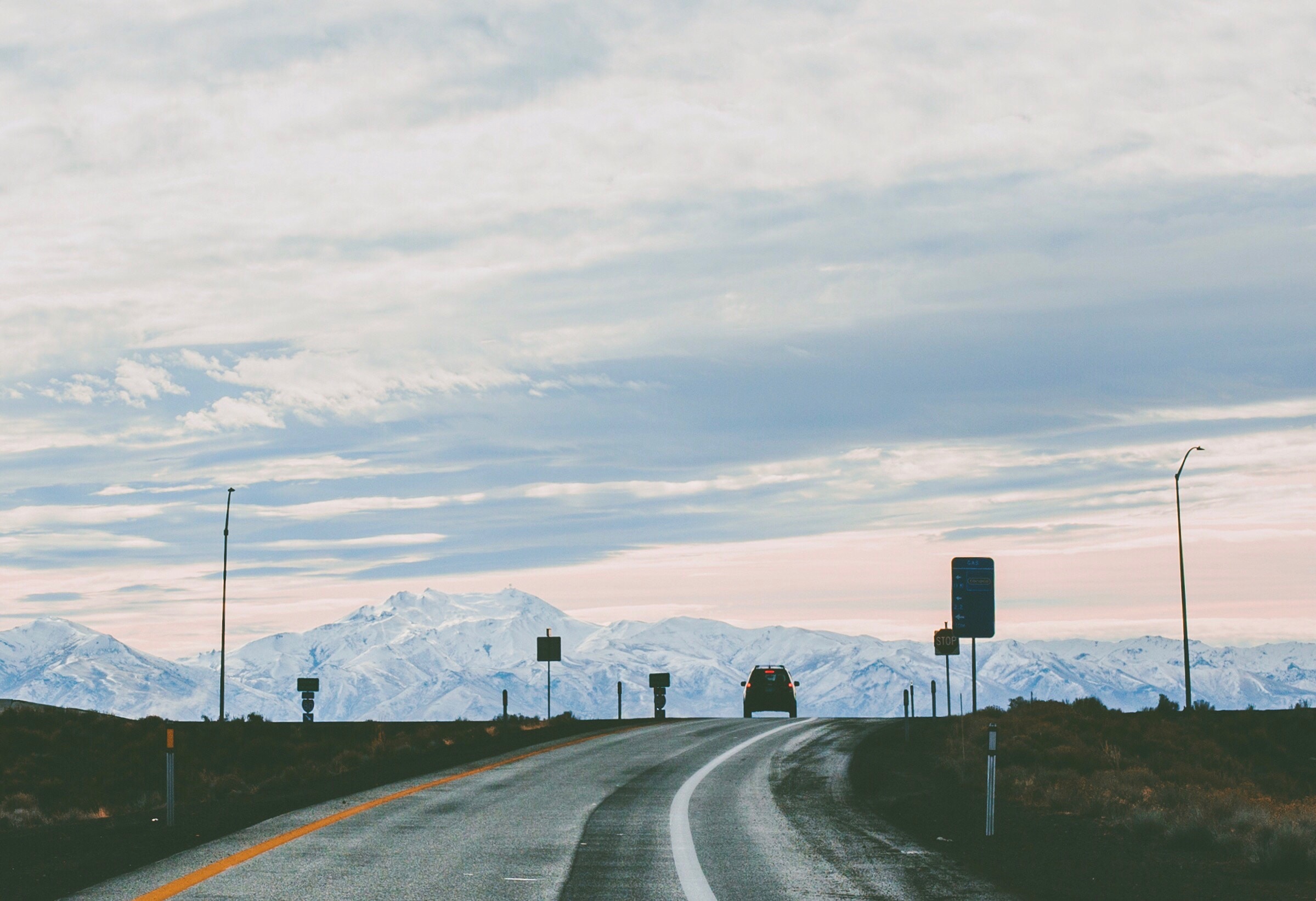Adventures of Science in the Arctic
Guest post by Ada Loewen
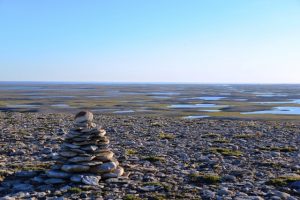 When I started at UVic, I had a fairly clear idea of what I wanted to study and what I wanted to do with my life. Although I wouldn’t say I completely deviated from this basic framework, many of the finer details have changed over the course of my degree as I have been exposed to new ideas and experiences.
When I started at UVic, I had a fairly clear idea of what I wanted to study and what I wanted to do with my life. Although I wouldn’t say I completely deviated from this basic framework, many of the finer details have changed over the course of my degree as I have been exposed to new ideas and experiences.
This November I will be graduating with a combined honours degree in physics and ocean sciences, and many of the choices I am making about my plans after graduation (like starting grad school in September!), have been shaped by the experiences I’ve had throughout my degree.
In my third year at UVic, I started a co-op term with Ocean Networks Canada (ONC) to develop a one-dimensional thermodynamic sea ice model validated by data from a cabled scientific observatory in the Arctic. A mouthful I know, and I hardly understood what all those words put together in that context meant initially, but I very quickly realized that this sea ice thing was something I was really interested in.
This initial four month co-op term was extended to eight months, and after going back to school for two academic semesters, I returned to ONC for an additional four month term.
Throughout all of these work terms I had a wide range of experiences. From working at the office at UVic, to presenting about the work I was doing to other ‘real’ scientists working in my field at a scientific conference, to travelling to Cambridge Bay, Nunavut twice, and seeing for myself the scientific equipment whose data I had become so familiar with. Overall, these opportunities have shaped my understanding of how to conduct scientific research, broadened my perspective on the relationship between science and humans, and have challenged me to grow both personally and professionally.
Going to the Arctic was not in my initial job description, but is an opportunity I am so thankful to have had presented to me. My first time going up to the Arctic, I didn’t really know what to expect. The team going up both times comprised of me, 3 engineers, and a community outreach coordinator.
We headed up in late August/early September, leaving from Victoria and going through Edmonton and Yellowknife before finally reaching Cambridge Bay. My first experience in the Arctic: landing in Cambridge Bay to sweat-inducing 20˚C weather (although that definitely didn’t last the whole time we were there).
At 69˚N latitude, Cambridge Bay is past the treeline, and seeing the ground mainly covered in shrubs and grasses with only a few eskers (hills created by glacial rock deposits) to hinder the view of the horizon, I was struck by the similarities between this unfamiliar landscape and the prairie grasslands I had grown up surrounded by – adding hundreds of glacial lakes and the Arctic Ocean to the mix.
Maintaining an underwater scientific observatory is a huge undertaking. Our main engineering goals were to recover the scientific instrument platform that had been sitting on the seafloor at 10m depth a few hundred meters off the dock in Cambridge Bay, inspecting the instruments, and replacing instruments as necessary with ones that had been brought up from Victoria in our luggage.
Since travelling to the Arctic is expensive and can be difficult, we also had requests from scientists living in the south to collect samples for them while we were there. We collected water and sediment samples, and conducted CTD (conductivity-temperature-depth) casts to gather information about water properties in the Arctic to be used in ongoing studies to detect potential changes in the environment in coming years.
In addition to helping with some of the engineering tasks, I was able to partake in the community engagement that was happening concurrently. This involved presentations about who ONC was, why we were working in the community, and highlighting some of the really interesting ocean science occurring right in Cambridge Bay.
We had the opportunity to share with community members of all ages: from elementary school to college students, to elders and the general public. It was amazing to learn about life in the Arctic, both the beauty and the challenges, and having a chance to meet locals and exchange ideas and stories.
In those couple of weeks in the Arctic, I learned just as much as I did throughout the rest of my eight and four-month co-op terms in the office. Being able to physically see the instruments whose data I had been using, and the work that was required to make them operational and producing reliable data made the project I was working on more real.
In addition, visiting the community, talking to the locals and getting just a glimpse of what it means to live in the Canadian North put the work I was doing in a new context. While it’s easy to hear about changes in the climate occurring in the Arctic through the media, it’s a completely different thing to physically be there, experiencing the beauty of Arctic, and meeting people who live there and hearing about the changes they were experiencing first-hand.
The relationship between science and humanity is something that I’ve become increasingly aware of, and is a perspective I hope to develop with any future research that I do, including in the Master’s program that I will be starting in September.
All photos courtesy of Ocean Networks Canada

